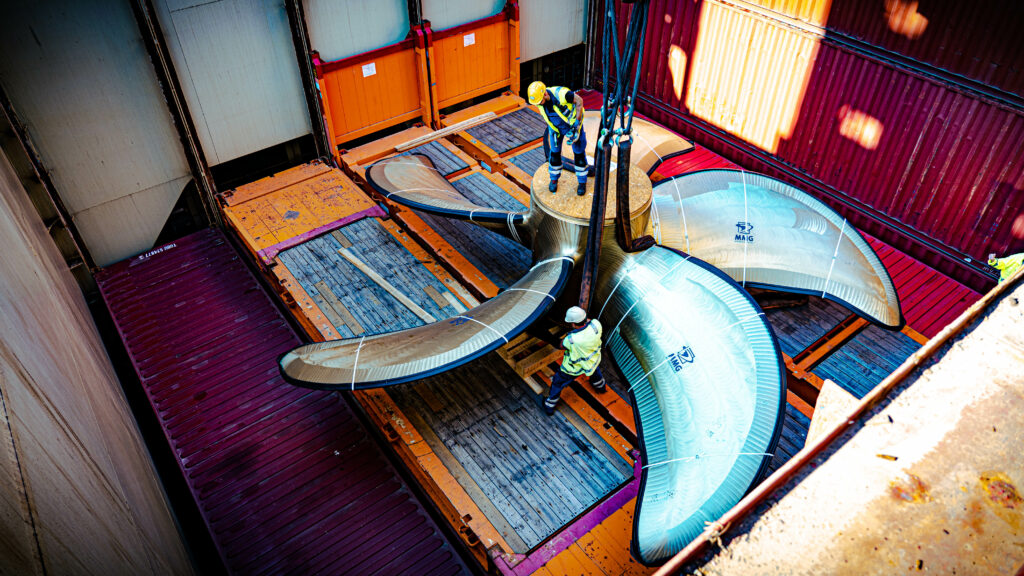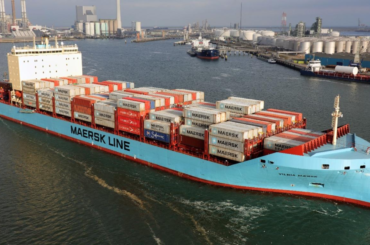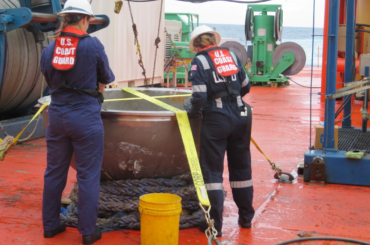German container shipping firm Hapag-Lloyd has begun massive fleet upgrades in order to reduce the emissions of CO2 from its fleet. The plan will cover more than 150 vessels over the next five years.
According to a report, the program’s investment to upgrade fleets will be within the three-digit million mark.
Alongside that EUR2 billion ($2 billion) order for 12 LNG ships that were placed just two years back, this huge initiative demonstrates that Hapag-Lloyd is investing heavily into sustainable ship operations over the long term.
“We aim to be climate-neutral by 2045. To reach this goal, we have set ourselves the interim target of reducing the CO2 intensity of our own ships by 30 percent already by 2030,” Maximilian Rothkopf, COO of Hapag-Lloyd AG, commented.
“To do so, we are investing in new future-proof ships while simultaneously focusing on making our existing fleet fit for the future. The fleet upgrade program will boost the energy efficiency of the entire fleet.”
Hapag-Lloyd has begun a comprehensive program to technically modernize the current fleet by loading the first refit propeller at the Port of Hamburg.
The 7,500 TEU, Ningbo Express of Hapag-Lloyd, will have the propeller installed in Dubai in September after the German manufacturer MMG optimized it for energy efficiency.
According to the sailing conditions, the ship reduces fuel consumption and CO2 emissions by between 10 to 13 percent.
There are plans to fit the new, more effective propellers to at least 86 ships. A new, flow-optimized bulbous bow will be installed on 36 vessels at the same time.
During the scheduled dry dock stays, all ships will also have a resistance-reducing coat of anti-fouling paint sprayed to the portion of the external hull below the waterline.
Most of the actions will be taken by 2025 and significantly aid the corporation in achieving its climate goals.
According to Alphaliner’s TOP 100 rankings, Hapag-Lloyd is the fifth-largest liner shipping firm in the world, with a fleet of 253 containerships and a combined transit capacity of 1.8 million TEU.







